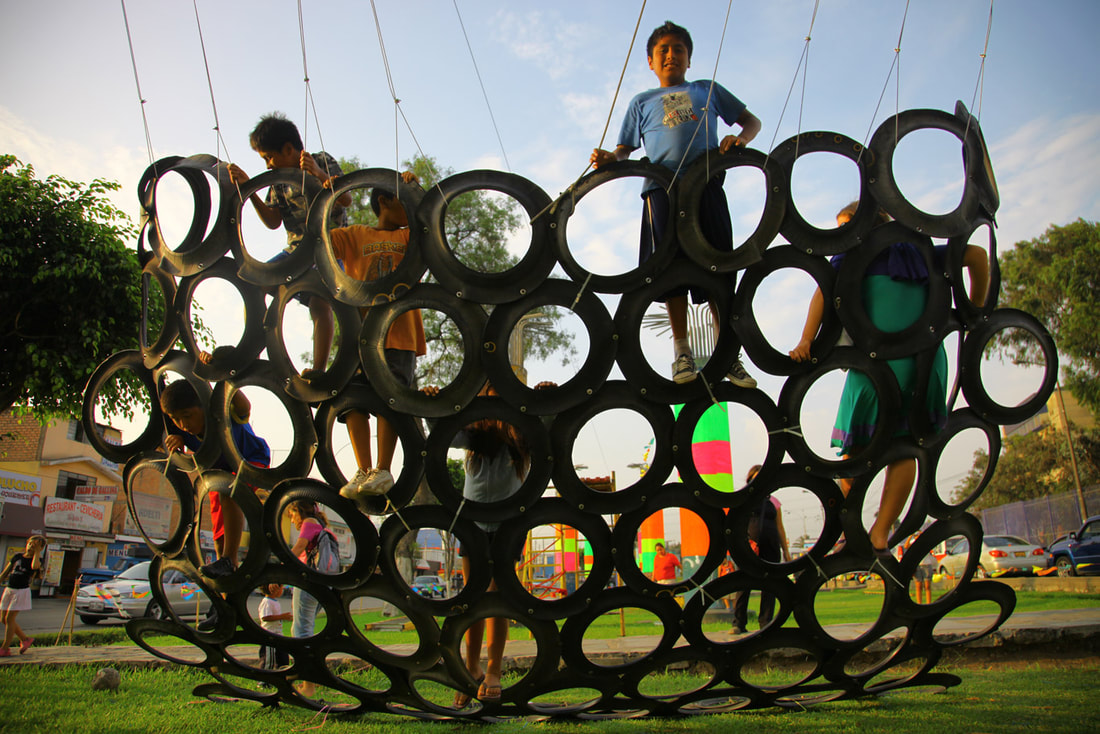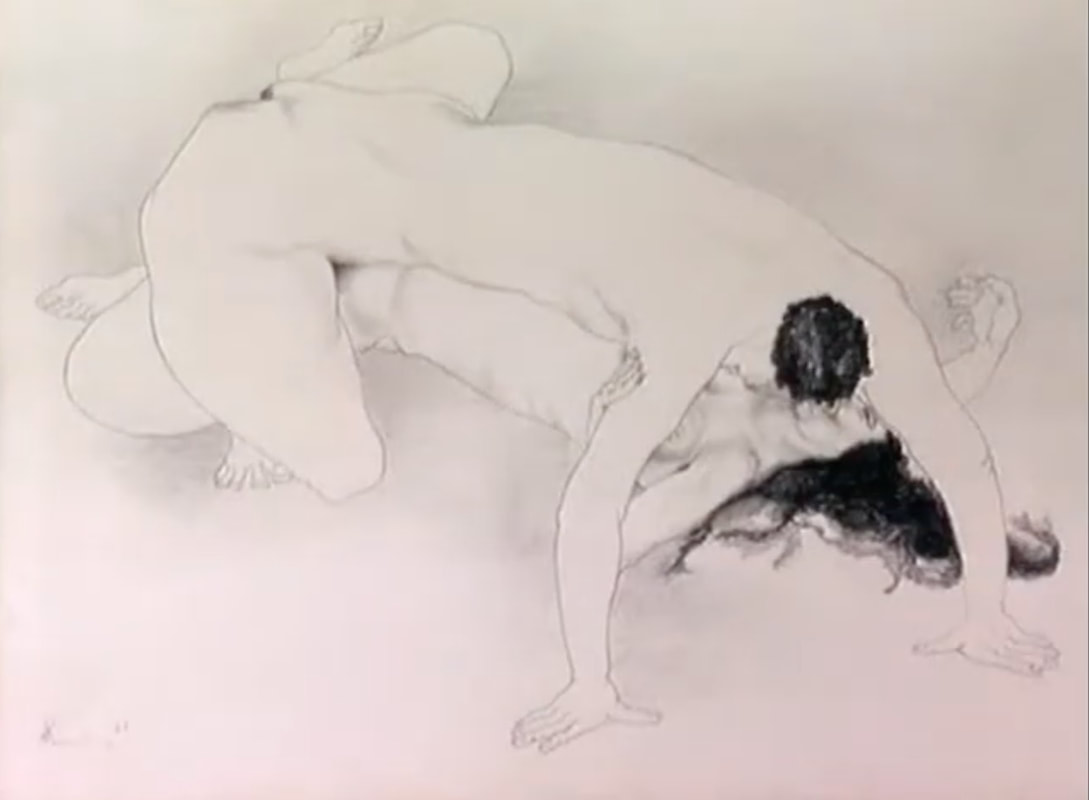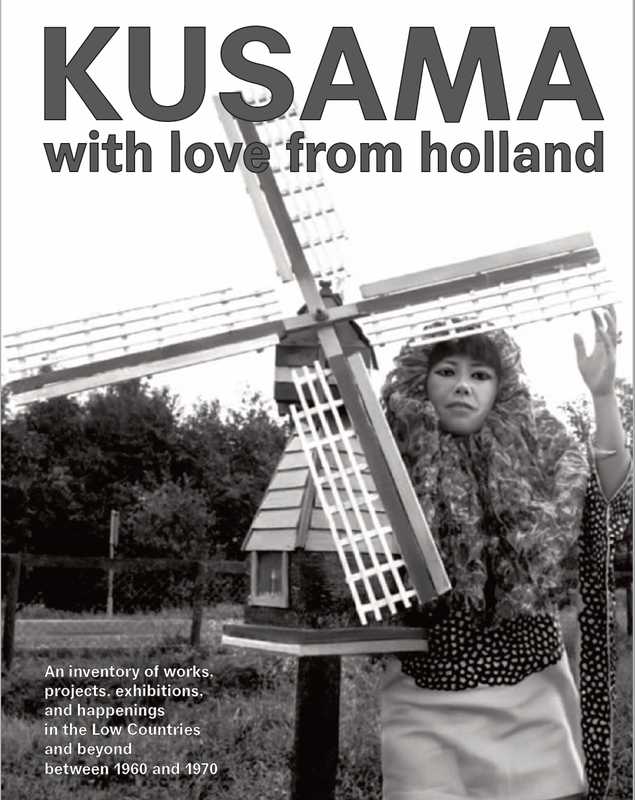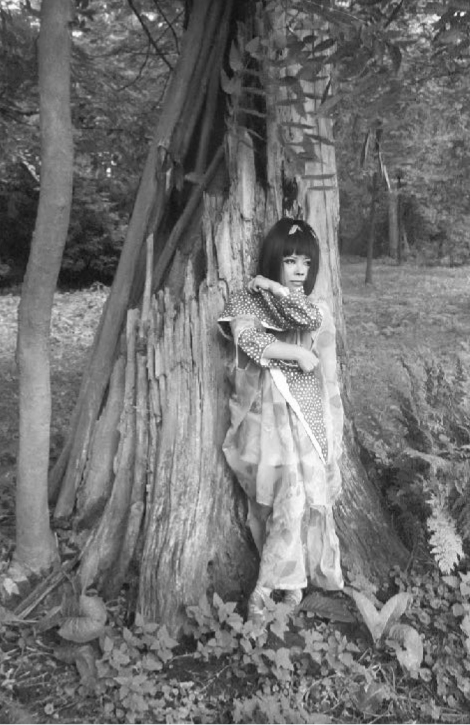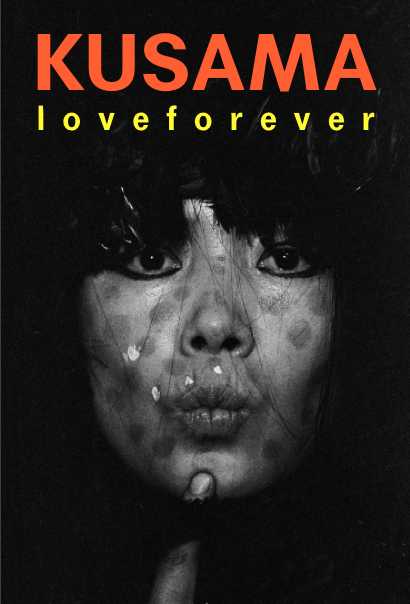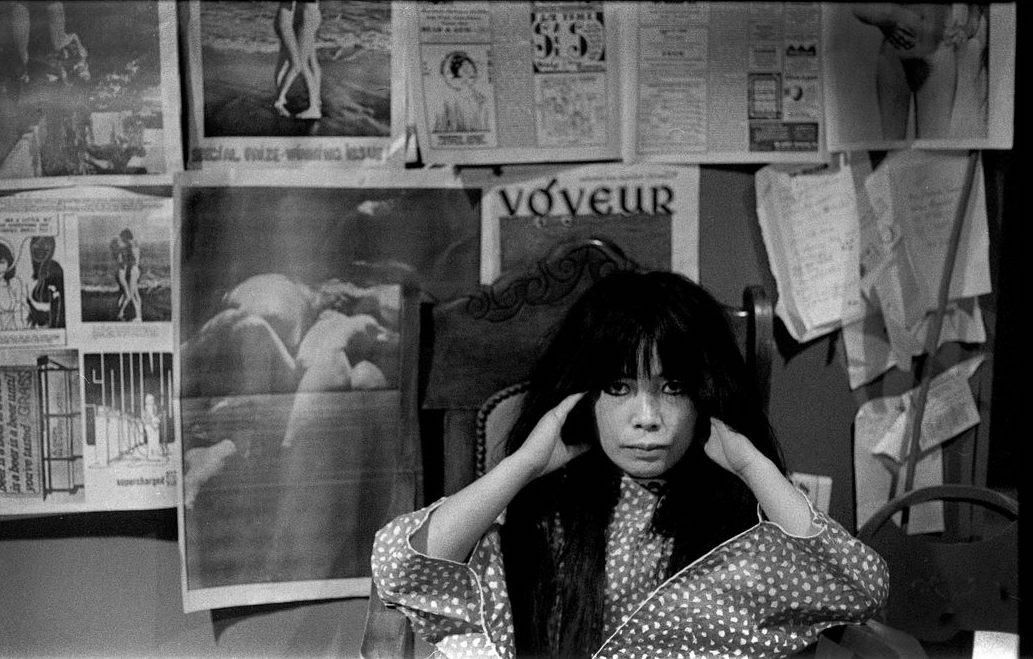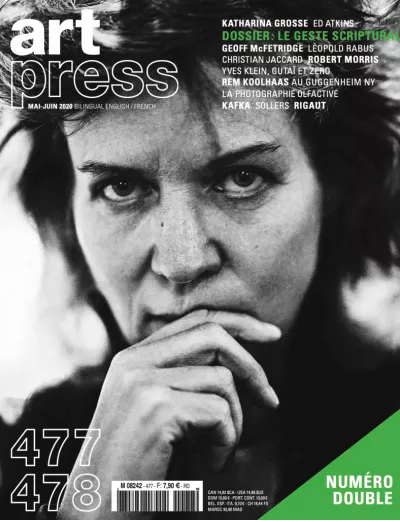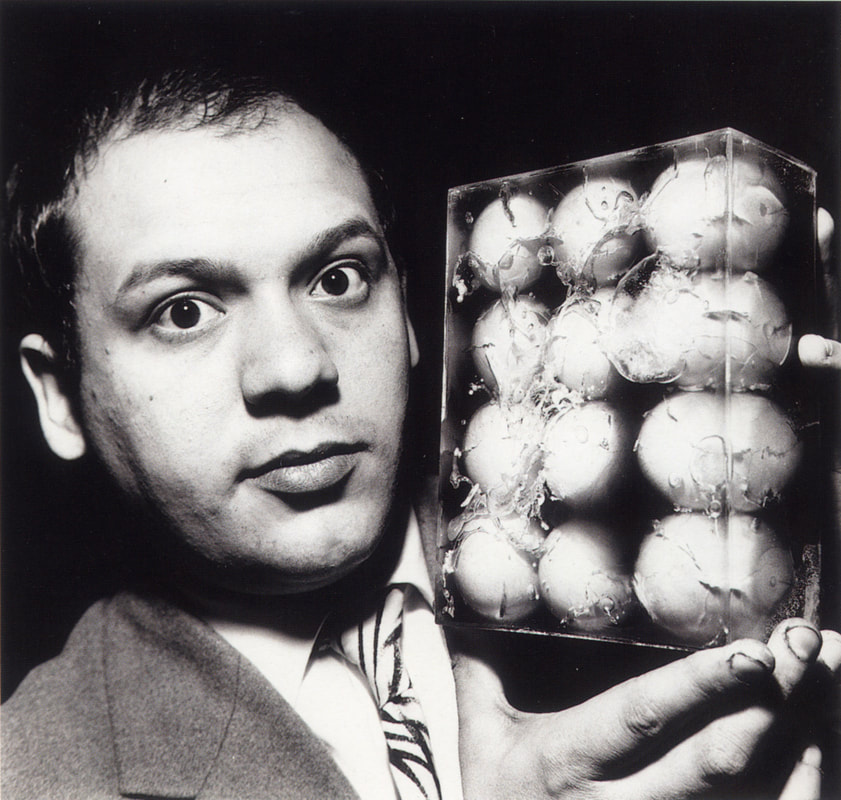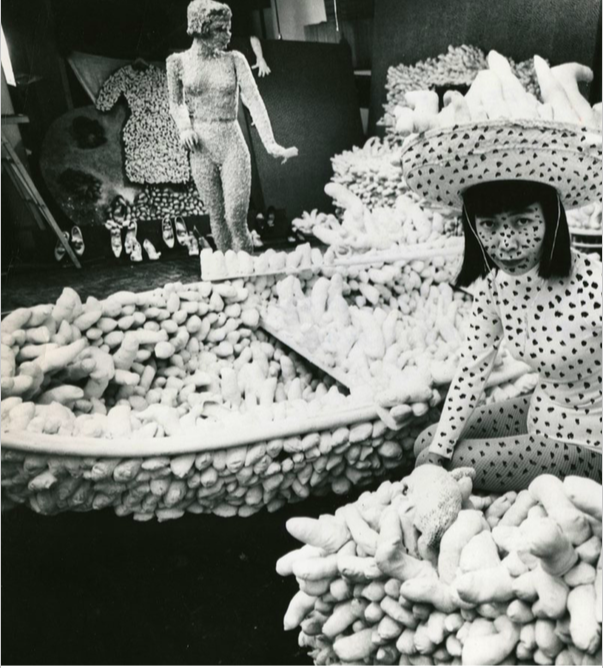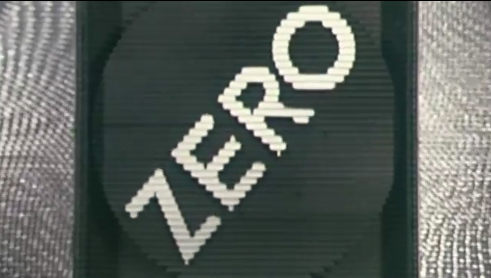|
Basurama 24.5. – 24.11.2024 HEART – Herning Museum of Contemporary Art and citywide Overall concept by Mattijs Visser The 9th Socle du Monde is all about a greater awareness of our environment in which up-cycling should play an important role. With the title “DO IT” we have invited around seventy national and international artists, plus several architects, designers and curators to develop projects and exhibitions. Under the title "DO IT yourself" Hans-Ulrich Obrist has asked twenty-one artists including Marina Abramovic, Olafur Eliasson and Yoko Ono to formulate an assignment for the residents and visitors of Herning. Jean-Hubert Martin has “recycled” several museum collections from Denmark under the title “Everything is wrong”. Artists Theo Jansen and Sui Park have developed new works with plastics, to increase the awareness of these polluting products. Simon Njami invited the Spanish collective Basurama to create an installation with residual materials from the local textile industry. In a retrospective we future the French “New Realist” artists, including Jean Tinguely, Arman, and Christo; they seem to have invented the concept of “up-cycling” avant-la-letre, already in the sixties. And so the 9th Socle du Monde consciously looks at the past, present and future, but it is up to you to make the change: just DO IT. The festival is curated by Mattijs Visser, Hans Ulrich Obrist, Jean-Hubert Martin, Simon Njami, Lotte Korshøj, Sara Duborg Døssing, Holger Reenberg
0 Comments
One of the most controversial artists of the 1960s was not Phil Bloom or Yayoi Kusama, but Nol Kroes. He made beautiful drawings of him and his wife making love, and of his wife giving birth to their son. In the 1960s, eroticism was still reserved for male artists. So when a horrified mother saw Kroes's works and informed the police, the exhibition was closed, only to reopen later to visitors over 18. In the subsequent exhibition, Kroes' work was confiscated by the police. Kusama's objects covered in phalluses were tolerated by the police, as it was unclear whether they were penises or pistils of flowers. The work of Nolde will be included in the show about Kusama's Dutch Years, opening on 23 September. Due to known reasons, Facebook and other social media can not show the confiscated artworks; for more than 50 years nothing has changed!
with Woody van Amen, Michel Cardena, Nol Kroes, Tetsumi Kudo, Lotti van der Gaag, Henk Peeters, Gust Romijn, Hans Spesshardt, Ferdinand Spindel, Celestino Valenti, and Gerard Verdijk Artwork by Hans Spesshardt From September 23, 2023 to February 25, 2024, the Stedelijk Museum Schiedam presents an exhibition devoted to the Dutch years of the Japanese artist Yayoi Kusama. In the period from 1965 to 1970 she exhibited and spent a lot of time in the Netherlands and was part of the vibrant art world there. These are crucial years for the artist, who is now seen worldwide as a superstar and a feminist icon. In the Netherlands of provo, happenings and youth culture, she finds personal and artistic freedom. At the first exhibition in which Kusama participates in the Netherlands, she shows shoes, bags, garments and panels, all covered with countless gold or silver sprayed phallus shapes. It is 1965 and The Hague gallery Orez presents the group exhibition "Facets of contemporary eroticism." This exhibition marks the beginning of the impactful Dutch years of Yayoi Kusama and forms the opening of the exhibition in Schiedam.
An inventory of works, projects, exhibitions, and happenings by Yayoi Kusama Since 2005, the 0-INSTITUTE* has collected archive material with a team of art historians and conducted interviews with eyewitnesses, including artists, friends, and organizers. This publication presents the result of the preliminary research, which began in 2018, in preparation for the Yayoi Kusama retrospective exhibition at the Gropius Bau in Berlin in 2021. However, during this research, it became clear how important Kusama's stay in the Netherlands was for her development. The accumulated knowledge retained in this publication is the basis for the development of the exhibition Kusama: with love from Holland in the Stedelijk Museum of Schiedam, and does not punctuate the "mystery" of Kusama but provides many new facts of Kusama's early activities in Europe. Starting in Germany, finding a base in Holland, moving to Italy, and back to Germany; with a bit of help from her friends. The printed publication is available through Blurb by Yayoi Kusama and Harrie Verstappen The 0-INSTITUTE is proud to present a unique limited edition, made by Harrie Verstappen, and now available in an edition of 60 unique copies.
>>> See for details on Yayoi Kusama Yayoi Kusama is certainly one of the most important post-war and contemporary artists of the moment, with exhibitions all over the world. Her work is not only of historical importance, but it also appeals to a huge, broad and international audience, and escapes almost all art concepts such as ZERO, Minimal Art, Pop Art and Happening. Her work from the sixties, the time she worked in New York, was regularly shown in exhibitions around the world. Little known until now, however, was that her work originated to a large extent in the Netherlands, Germany, and Belgium, and was exhibited there, more often than in New York. A new publication by the 0-INSTITUTE will provide for the first time ever an overview of Kusama's early performative activities, not only recorded by Dutch and Belgian photographers; but staged exclusively for their cameras. Naked and painted with dots, dressed in her own designed "fashion," in the streets and the sex shop, or just in the Dutch meadows. The publication will give a different light to the artistic activities of Kusama, which was already so colorful and cannot be put under a single heading. Titel: Love Forever or Kusama's story told by Harrie Verstappen
Editor: Mattijs Visser Publisher: 0-INSTITUTE / MER. Borgerhoff & Lamberigts Format: 21 x 14 cm Pages: 128 Never published images: 70 Price: 19,50€ To order: www.merbooks.be Isbn: 9789463930772 (ENG) 22. April - 1. August 2021, Yayoi Kusama is one of Japan’s most important contemporary artists. In autumn 2020, the Gropius Bau will devote the first comprehensive retrospective in Germany to Kusama’s work, offering an overview of every creative period from the last seventy years and featuring current paintings as well as a new Infinity Room by the artist.
Yayoi Kusama achieved global recognition for her exploration of repetitive patterns and structures, her signature polka dots and mirrored spaces; in her works, she confronts viewers with realms appearing to extend limitlessly outward and traces the disintegration of the subject in infinity. From the beginnings of her artistic career in New York in the late 1950s, she has combined classical media such as painting, sculpture and drawing with installations, performances and happenings. Presented over nearly 3000-square-metres of exhibition space, the Gropius Bau makes Kusama’s oeuvre accessible to audiences comprehensively for the first time in Germany. The exhibition thus returns to the beginnings of the artist’s widespread popularity in the mid-1960s in German and European contexts, where she was more active than in the USA where she was based at that time. Curated by Stephanie Rosenthal, adviced by the 0-INSTITUTE. The Istanbul Sabanci Museum created a web platform with spectacular videos ZERO. Countdown to the Future exhibition, held at SU Sakıp Sabancı Museum from 2 September 2015 to 10 January 2016 with the sponsorship of Akbank, provided an exhilarating representation of ZERO, one of the most extensive movements of thought and art in the 20th century. The exhibition brought together artworks in different materials and techniques by the founders of the movement Heinz Mack, Otto Piene, Günther Uecker, as well as works by Yves Klein, Piero Manzoni, and Lucio Fontana, who inspired and contributed to the movement. Curated by the Founding Director of the ZERO Foundation Mattijs Visser, the exhibition displayed over 100 works, both from this foundation’s collection and the 18 museums and collections. The Sabanci Museum created a web platform and presents the documentation of these works, in which nature and technology interact, through a framework upholding both the artistic methods and concepts adopted by the artists within the ZERO movement.
See the website or download the catalog a strange story of misunderstanding Gutai was an important movement of the Japanese avant-garde, founded in Ashiya (near Osaka) by Jiro Yoshihara in 1954. Introduced to Lucio Fontana, and a circle of “art informel” artists from France and Italy, by French publicist and critic Michel Tapié. Yves Klein and his Dutch and German “zero” friends were introduced to Gutai by French art critic Pierre Restany. In America, artist Alfred Leslie introduced the group to “fluxus” artist John Cage and “happening” artist Allan Kaprow. But its influence on (subsequent) artists remains underappreciated.
PDF Download below.
open to the public until February 1st, 2021 Centre Pompidou-Metz dedicates an ambitious exhibition to Yves Klein, a major figure of the European post-war artistic scene. Well-known for his blue monochromes, he dialogued with numerous European artists belonging to the NUL group in the Netherlands and to the ZERO group in Germany. From May 2020, visitors will (re)discover the artist’s practices through the multiple international exchanges he had. The works of this generation of artists, impulsed with the freedom that followed the end of the Second World War, resolutely reorientate our eyes towards outerspace, proposing an approach to art and to the universe detached from all materiality. Yves Klein exchanged closely with ZERO to explore, the time of an exhibition, colour, light and vibration. Through fire, water, earth and air, Otto Piene, Heinz Mack and Günther Uecker sought to create a void by using these natural elements.
With his friend Lucio Fontana, Yves Klein explores the spatialist movement, which determined a unit of time and space born from the interaction with the viewer. Shaken up by the conquest of outer-space, these artists appropriated the sky through representations of the cosmos and creations of aerial sculptures. Yves Klein thus developed an « Architecture of the Air » (1958-1961), where the sky, infinite and immaterial, became his workshop. Above and beyond his interest in painting, he combines character and matter, refuses technique and instruments of representation in order to devote himself to an intensive body (Saut dans le vide (jump into emptiness), 1960). The body is « the instrument of a qualitative evaluation » which he uses to paint space: « I am duty bound to go into space, without fraud or trickery [...], the painter of space must go there by himself ». An area inhabited by the sensitivity of each, according to the artist. The exhibition is the opportunity to present contemporary works, but also to reactivate little performed shows. List of Artists: Bernard Aubertin, Claude Bellegarde, Alberto Burri, Enrico Castellani, Constant, Dadamaino, Lucio Fontana, Hans Haacke, Hiroshi Hamaya, Oskar Holweck, Eikoh Hosoe, Fumio Kamei, Akira Kanayama, Kikuji Kawada, Yves Klein, Gyula Kosice, Yayoi Kusama, Liliane Ljin, Heinz Mack, Piero Manzoni, Sadamasa Motonaga, Saburo Murakami, Henk Peeters, Otto Piene, Giuseppe Pinot-Gallizio, Roberto Rossellini, Rotraut, Shozo Shimamoto, Fujiko Shiraga, Kazuo Shiraga, Takis, Jean Tinguely, Günther Uecker, Jef Verheyen, Lothar Wolleh, Gil J. Wolman. Wim Delvoye, Kimsooja, Nanda Vigo and others on Piero Manzoni Conceptual artist Piero Manzoni, an enfant terrible of Italian art in the 1950s and early 1960s, is best known for Artist's Shit (Merda d'artista) (1961), 90 sealed cans priced by their weight in gold, one of many works that question the nature of the art object. Other stunts included balloons filled with "artist's breath" and “Living Sculptures,” human subjects signed by Manzoni. Als Yayoi Kusama Ende der 1950er- Jahre von Japan in den Westen ging, hatte sie einen Plan: Erfolg. Ihre Ideen waren Avant- garde, doch Karriere machten die Männer. Kurz vor der großen Retrospektive in Berlin erzählen vergessene Foto- grafien aus den Niederlanden jetzt die Geschichte eines Aufbruchs – und zeigen die Wurzeln eines ikonischen Werks. Klick below to download the magazine
the documentary For the arts in Germany, the future began in 1958. The documentary "HOUR NULL - The Art Movement ZERO" recalls the most important avant-garde movement after World War II, founded by Heinz Mack and Otto Piene, which propagated not only a new approach to art and its materials, but the relation of art to the world entirely to one raised a new level. Go to the documentary >>>
|
||||||||||||

